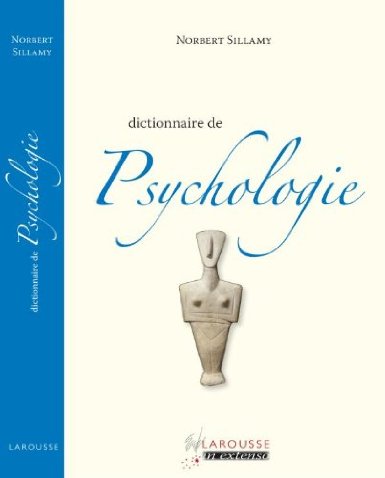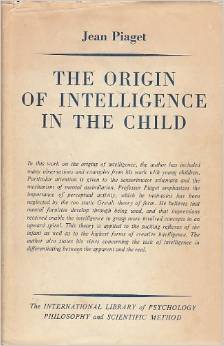Numbers in animals and children
Some animal species possess some kind of notion of number and considerable problem-solving abilities: for example lions learned to hunt in a pack so as to chase prey towards a prepared ambush or monkeys and other primates are able to make tools and manipulate non-verbal symbols. Some birds, as told above, have shown that they can be trained to recognise precise quantities. These instances show that some animals have a potential which is more fully developed in humans. Human infants possess a potential to assimilate and to recreate stage by stage the conquests of civilisation. According to N. Sillamy (1967), three main periods are distinguished: infancy (up to three years of age), middle childhood (from three to six or seven); and late childhood, which ends at puberty. However, a child's intellectual and emotional growth does not follow a steady and linear pattern. Piaget (1936) distinguishes five well-defined phases:
- a sensory-motor period (up to two years of age) during which the child forms concepts of "object" out of fragmentary perceptions and the concept of "self" as distinct from others;
- a pre-operative stage (from two to four years of age), characterised by egocentric and anthropomorphic ways of thinking ("look, mummy, the moon is following me!");
- an intuitive period (from four to six), characterised by intellectual perceptions unaccompanied by reasoning; the child performs acts which he or she would be incapable of deducing, for example, pouring a liquid from one container into another of a different shape, whilst believing that the volume also changes
- a stageof concrete operations (from eight to twelve) in which, despite acquiring some operational concepts (such as class, series, number, causality), the child's thought-processes remain firmly bound to the concrete;
- a period (around puberty) characterised by the emergence of formal operations, when the child becomes able to make hypotheses and test them, and to operate with abstract concepts.
From six to twelve months, the infant acquires some overall grasp of the space occupied by the things and people in its immediate environment. Little by little the child begins to make associations and to perceive differences and similarities. In this way the child forms representations of relatively simple groupings of beings and objects which are familiar both by nature and in number. At this age,
therefore, the child is able to reassemble into one group a set of objects which have previously been moved apart. If one thing is missing from a familiar set of objects, the child immediately notices.
Between twelve and eighteen months, the infant progressively learns to distinguish between one, two and several objects, and to tell at a glance the relative sizes of two small collections of things, However, the infant's numerical capabilities still remain limited when a child has acquired the use of speech and learned to name the first few numbers, he or she often has great difficulty in symbolising the number three. Children often count from one to two and then miss three, jumping straight to four.



